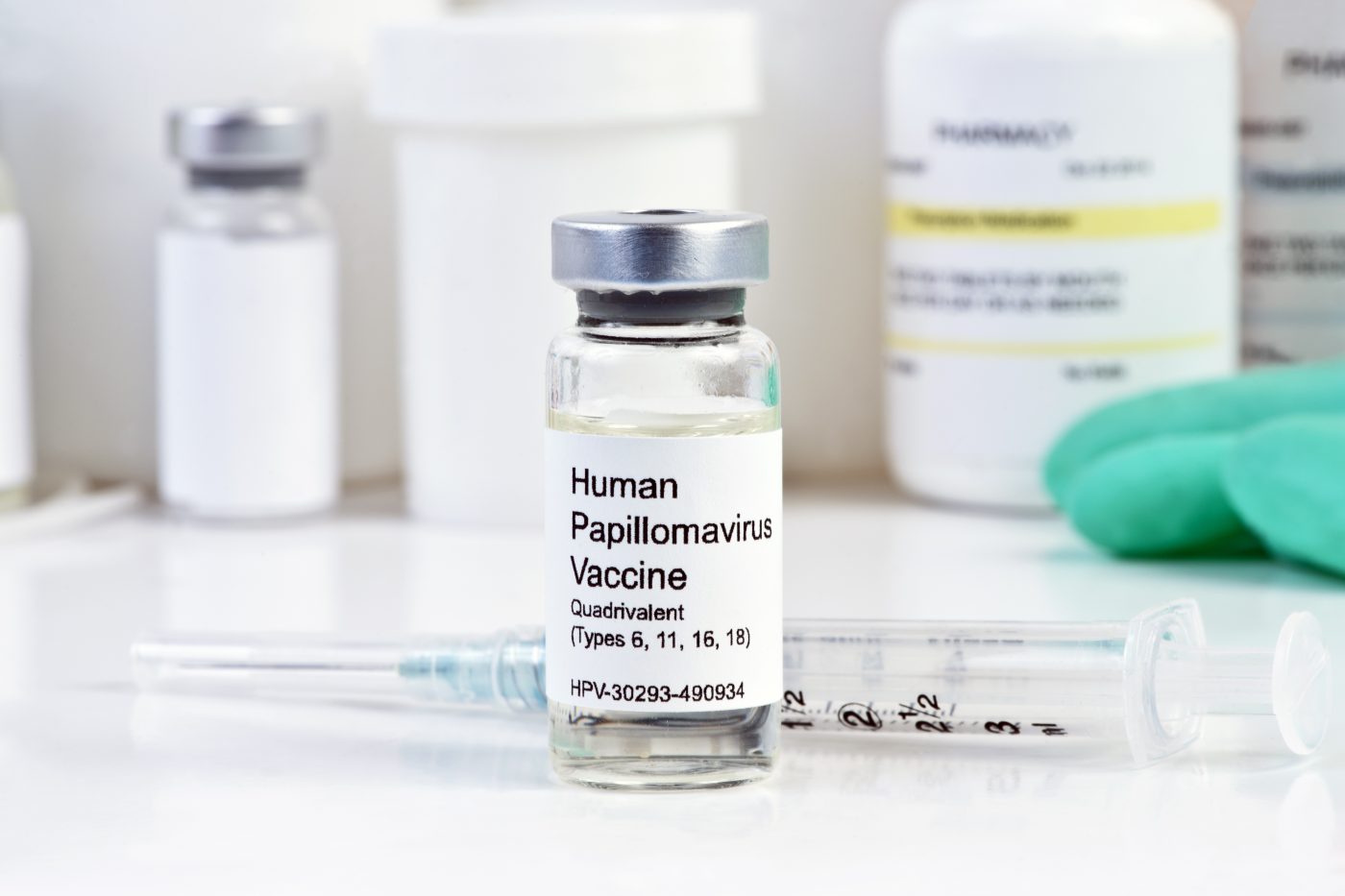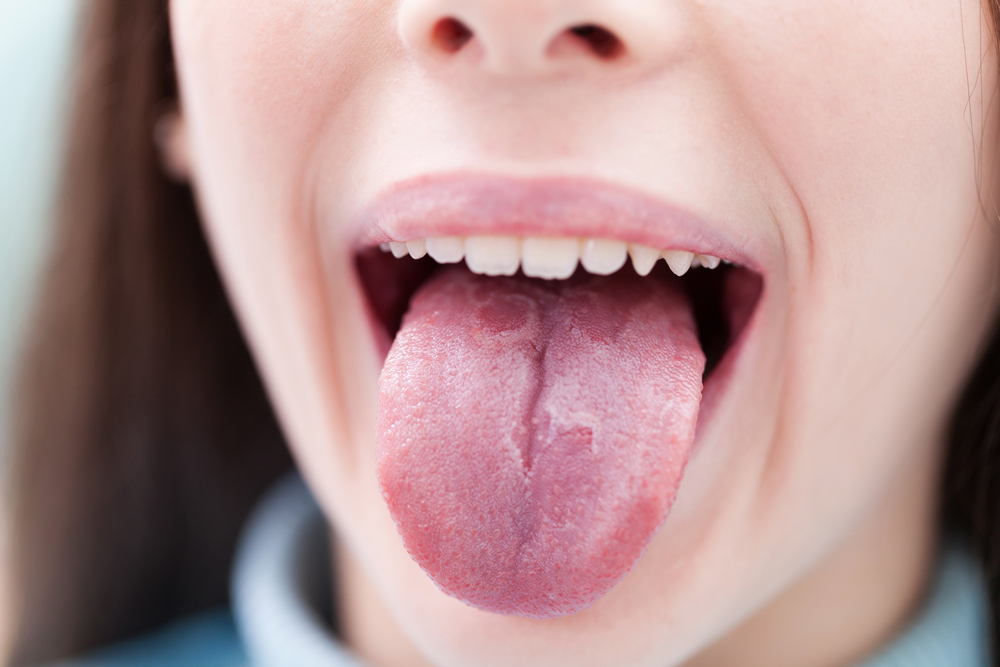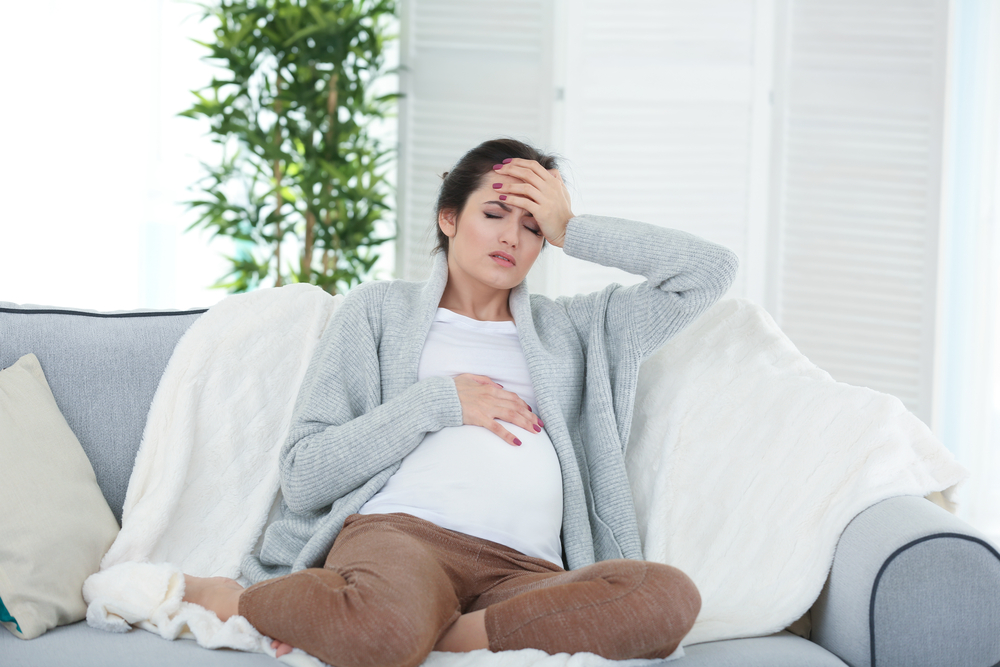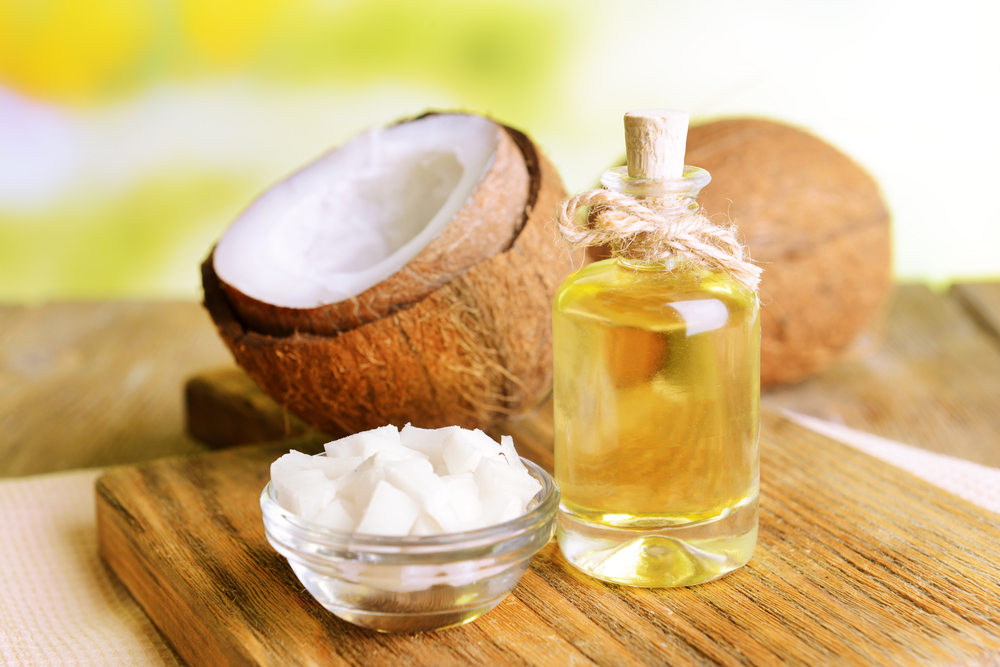Contents:
- Medical Video: February 2015 ACIP- Human Papillomavirus (HPV) Vaccine
- What is the content in the HPV vaccine?
- Differences in bivalent and quadrivalent vaccines
- 1. Type of HPV in vaccines
- 2. Types of diseases that are targeted
- 3. Level of effectiveness
- 4. Target the HPV vaccine
- Be careful with the contraindications
Medical Video: February 2015 ACIP- Human Papillomavirus (HPV) Vaccine
The CDC has recommended an HPV vaccine or vaccine human papillomavirus for women and men since preteens. This aims to prevent venereal disease and various types of cancer caused by HPV infection, one of which is cervical cancer. Well, the HPV vaccine itself consists of two types, namely bivalent and quadrivalent vaccines.
So, what distinguishes the two? Is the effectiveness different? Come on, see the answer is in the review below.
What is the content in the HPV vaccine?
The HPV vaccine generally contains a serum containing HPV shell proteins that do not contain HPV DNA. This protein is useful for stimulating the formation of an immune response in the body when fighting HPV infection. Because it does not contain HPV DNA, this vaccine cannot infect cells, produce or cause disease so it is safe to use.
Both bivalent and quadrivalent vaccines, both of which have been approved by the FDA as an effort to prevent HPV infection. The level of security was reported to be very high. Because, the bivalent vaccine has been granted marketing authorization since October 2009 after being tested on more than 30,000 women. While quadrivalent vaccines have received licenses from June to October 2009 and passed tests in more than 29,000 men and women.
Differences in bivalent and quadrivalent vaccines
1. Type of HPV in vaccines
Bivalent vaccine is a vaccine that contains two types of particles to prevent the HPV virus, namely HPV types 16 and 18. Both types of HPV are reported to be the cause of 70% of cervical and precancerous cancer cases.
Meanwhile, quadrivalent vaccines (four-type vaccines) contain particles to prevent HPV viruses types 16, 18, 6, and 11. HPV types 16 and 18 are 70% of the causes of cervical cancer worldwide. While HPV viruses types 6 and 11 are the cause of 90% of genital diseases, namely genital warts.
2. Types of diseases that are targeted
HPV itself is the cause of several types of cancer, including:
- Cervical cancer, 70% is caused by HPV types 16 and 18
- Anal cancer, 95% is generally caused by HPV type 16
- Oropharyngeal cancer, a cancer that occurs in the middle part of the throat which is 70% caused by HPV infection. In the United States> 50% of oropharyngeal cancers diagnosed are caused by HPV type 16
- Other types of cancer that are rare, which are caused by HPV infections, such as vaginal cancer (65%), vulvar cancer (50%), and penile cancer (35%). These types of cancer are generally caused by HPV type 16
If the purpose is to prevent cervical cancer, then one of the bivalent or quadrivalent vaccines can be an option for you to use. Because, both vaccines are equally beneficial against cervical cancer caused by HPV 16 and 18.
However, if you expect additional protection against pre-cancerous vulva, pre-vaginal cancer, pre-cancer and anal cancer caused by HPV 16 and 18, and genital warts caused by HPV 6 and 11, then you should use the quadrivalent HPV vaccine.
3. Level of effectiveness
Both vaccines provide 100% protection against cervical cancer caused by HPV infections types 16 and 18. While for quadrivalent vaccines, a study shows that this vaccine provides almost 100% protection against genital warts associated with HPV types 6 and 11, this vaccine can also reduce the risk of genital disease to reach 90.4 percent in men.
4. Target the HPV vaccine
The targets for bivalent and quadrivalent vaccines are certainly different. Bivalent vaccines are recommended for women ranging in age from 9-14 years. If you are a woman aged 15 to 26 years and have never been vaccinated against HPV before, then you can use a bivalent vaccine.
Meanwhile, quadrivalent vaccines are recommended for:
- Girls and boys from the age of 9-13 years, are given 2 doses (the first dose on the specified date, the second dose 6 months after the first dose)
- Women aged 14–45 and men aged 14-26 years who had never been vaccinated before, were given 3 doses (the first dose on the specified date, the second dose at 2 months after the first dose, and the third dose at 6 months after the dose first)
Be careful with the contraindications
With the various benefits obtained from both vaccines, you need to pay attention to some contraindications to each type of HPV vaccine. The purpose of contraindications is the condition when you cannot use the drug for certain reasons.
The HPV vaccine is not recommended for people who experience anaphylaxis or allergy to the previous dose of the HPV vaccine, women who are pregnant, or people who have an allergic reaction or hypersensitivity to the vaccine component.
The quadrivalent HPV vaccine is not recommended for people who have a history of allergies to yeast (yeast) and the bivalent HPV vaccine is not recommended for women who have a history of latex allergy.












